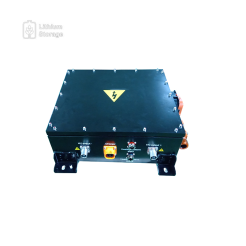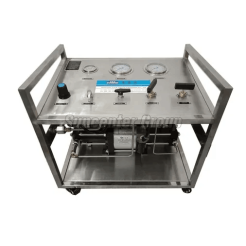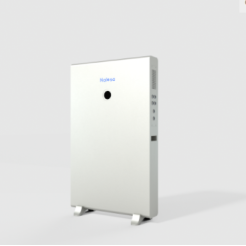microsilica 92 D
It is sometimes confused with fumed silica (also known as pyrogenic silica, CAS number 112945-52-5). However, the production process, particle characteristics and fields of application of fumed silica are all different from those of silica fume. Silica fume is an ultrafine material with spherical particles less than 1 μm in diameter, the average being about 0.15 μm. This makes it approximately 100
Product Description
Silica fume is added to Portland cement concrete to improve its properties, in particular its compressive strength, bond strength, and abrasion resistance. These improvements stem from both the mechanical improvements resulting from addition of a very fine powder to the cement paste mix as well as from the pozzolanic reactions between the silica fume and free calcium hydroxide in the paste.
Addition of silica fume also reduces the permeability of concrete to chloride ions, which protects the reinforcing steel of concrete from corrosion, especially in chloride-rich environments such as coastal regions and those of humid continental roadways and runways (because of the use of deicing salts) and saltwater bridges. Furthermore, Silica Fumes has important uses in oil and gas operations. Silica fume can be used for a primary placement of grout as a hydraulic seal in the well bore, or secondary applications such as remedial operations including leak repairs, splits, and closing of depleted zones.
Prior to the mid-1970s, nearly all silica fume was discharged into the atmosphere. After environmental concerns necessitated the collection and landfilling of silica fume, it became economically viable to use silica fume in various applications, in particular high-performance concrete.Effects of silica fume on different properties of fresh and hardened concrete include:
- Workability: With the addition of silica fume, the slump loss with time is directly proportional to increase in the silica fume content due to the introduction of large surface area in the concrete mix by its addition. Although the slump decreases, the mix remains highly cohesive.
- Segregation and bleeding: Silica fume reduces bleeding significantly because the free water is consumed in wetting of the large surface area of the silica fume and hence the free water left in the mix for bleeding also decreases. Silica fume also blocks the pores in the fresh concrete so water within the concrete is not allowed to come to the surface.
Email: info@cnmrg.com
Email: markguoo@gmail.com
Mob.: +86 138 9339 3322
Tel.: +86 931 8728 480
Fax: +86 931 8820 882
WeChat: +86 138 9339 3322
Add.: No.42-602 Jiuzhou Middle Road, Lanzhou, P.R.China











